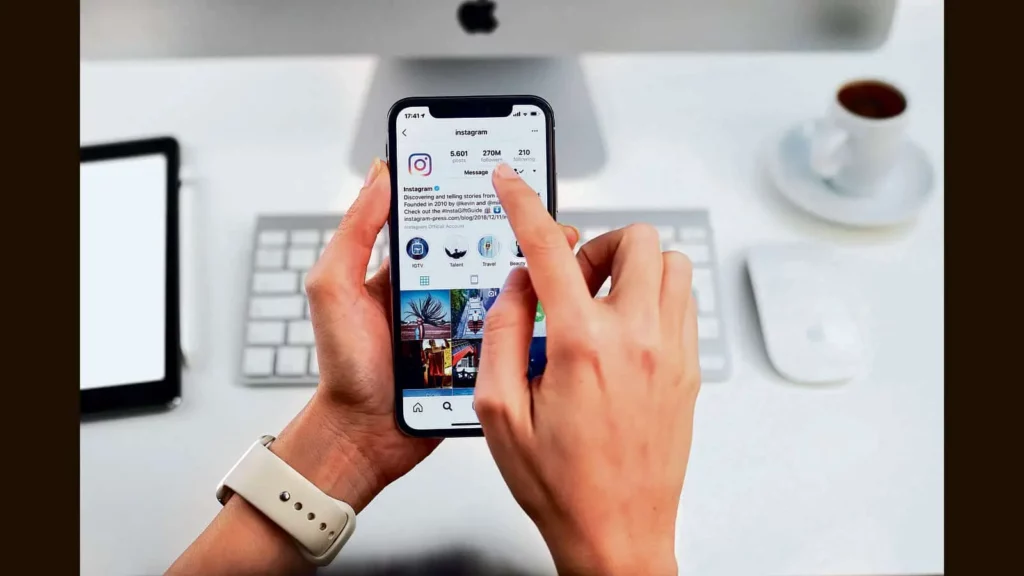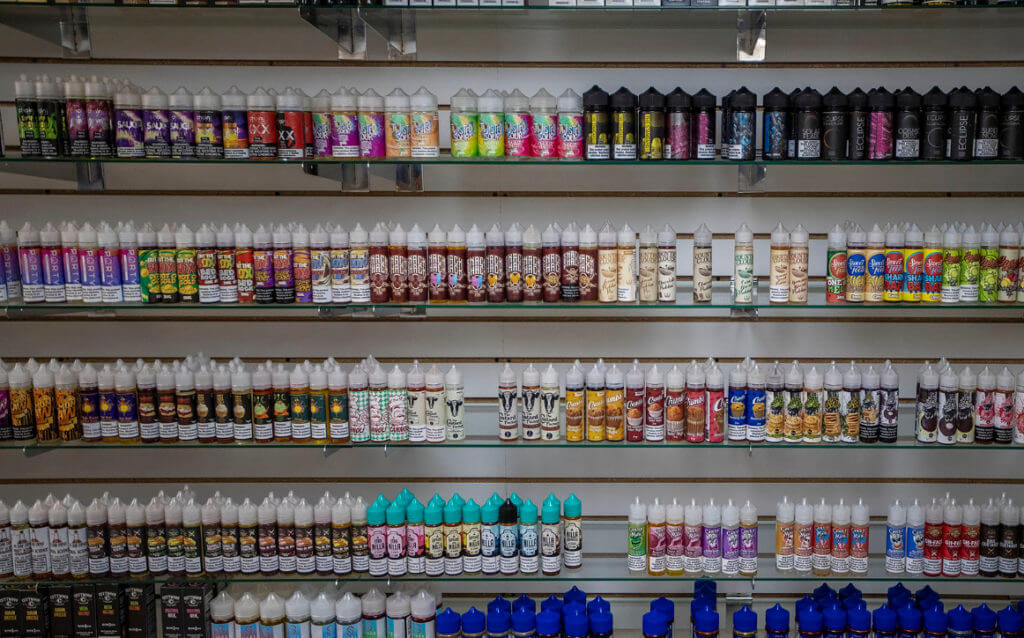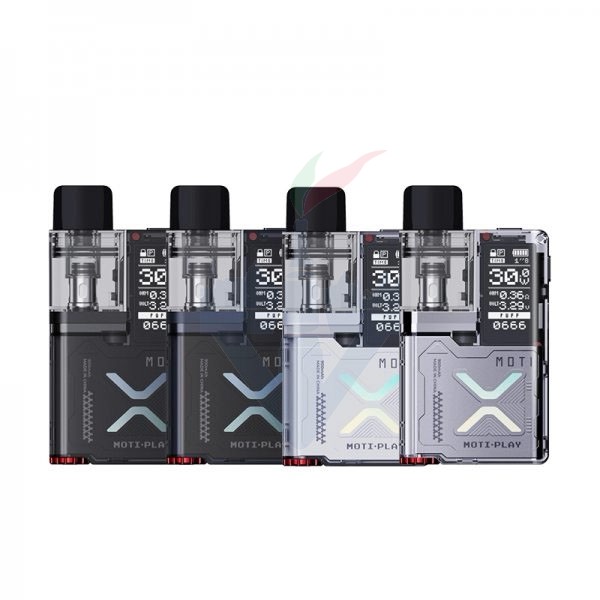Dangers of Influencer Marketing

Influencer marketing has become one of the hottest trends in marketing in the past few years. And for good reason: In 2018, 81% of marketers reported that using influencers to bolster their marketing plans was an effective strategy. Given so many marketers are already working with influencers, or are considering it, it is worth delving into what some of the pitfalls are in brand-influencer partnerships. We’ve compiled a list of the dangers in working with influencers, as well as shared the best precautions to take to avoid these issues.
Instagram influencer engagement is nearing an all time low
As social media allows for more people to achieve fame and influencer status, social media quickly has become oversaturated with influencers. It is impossible for audiences to keep up with all of the content (especially sponsored content) coming from the influencers they follow. It’s also worth noting that fame, particularly the kind formed on social media, is fleeting. The same influencers that capture audience attention may not be holding onto that attention tomorrow.
When social media audiences are bombarded with sponsored content on their feeds, they are less likely to engage with both influencers and brands, which is reflected in recent studies which reveal an overall decline in instagram engagement. Mobile Marketer reports that “The engagement rate for sponsored posts fell to 2.4% in Q1 2019 from 4% three years earlier, while the rate for non-sponsored posts slid to 1.9% from 4.5% for the comparable periods.”
So how can marketers circumvent this industry-wide issue? Rather than working with influencers who have large followings, consider that “nano-influencers” are able to interact more with their audiences and are able to form more tight-knit communities, thus inspiring higher engagement. The same Mobile Marketer article reports that “the engagement rate for Instagram influencers with at least 10,000 followers is steady at about 3.6% worldwide. Influencers with 5,000 to 10,000 followers have an engagement rate of 6.3% and those with a following of 1,000 to 5,000 have the highest rate at 8.8%, per InfluencerDB.” When choosing which influencers to work with, focus more on engagement than name recognition.
Inauthentic partnerships and content
Everyone knows that it’s not always a given that influencers use (or even like) the products or services they endorse on social media. While many brands don’t seem to care if an endorsement comes from a place of true authenticity (however hard that may be to measure), should audiences be able to interpret influencer endorsements as inauthentic or misleading, both the brand and influencer lose credibility. A study from Bazaarvoice reports that 47% of customers are tired of influencer content that appears inauthentic and 62% of customers believe that influencer endorsements take advantage of impressionable audiences.
The best practice would be partnering with influencers who have used and liked your product or service before even entering an endorsement deal, but at the very least, marketers should make sure they partner with influencers who have authentic connections to their brand. For instance, a beauty brand should probably find an influencer who people look to for beauty advice. Makes sense, right?
It is also crucial that marketers give influencers autonomy in creating the copy and images/video for sponsored content. While marketers may be inclined to tighten the leash, influencers know their audience best.
A great example of a brand and influencer partnership is Jonathan Van Ness’s Instagram partnership with Lipton. JVN is known as an extremely authentic personality and his audience would probably be very thrown off if they saw a post on his Instagram that didn’t reflect his usual quirk and loving flare.
Influencers are also typically the ones curating their non-sponsored content and are consequently able to curate copy for endorsements that reflects their own voice and personal brand, which makes for the kind of content audiences like to see.
Follower farms
Social media marketers also have to be wary of influencers who purchase followers or have a high proportion of bots making up their follower count. In an influencer survey conducted by Hit Search, “98% of respondents admitted to having spotted an individual’s Instagram follower count rise in an unnatural manner or over a short period of time, alluding to using bots to grow quickly or having bought a mass number of fake account followers.”
Again, marketers should focus less on follower counts and more on the quality of the engagement. The more followers an influencer has means more opportunities for fake followers. If you’re concerned about a particular influencer, utilize follower analysis tools such as HypeAuditor or IG Audit, that allow you to scan followers for bots.
Ethical implications
The ethical implications of influencer labor may be the last thing on a marketer’s mind when they partner with an influencer. But that’s the very problem: influencers being treated more as a commodity than human. As influencers have to concern themselves with striking a balance between making money and not looking like they’re selling out, marketers are able to craft contracts in their favor, pushing FTC compliance, morality restrictions, and exclusivity agreements onto the influencer.
Ultimately, influencers choose the career and take on the obligations and risks that come with it, but marketers should recognize the hard work that influencers do and not take advantage of it as best they can. One of the best ways marketers can make an influencers job easier (while also improving the quality of sponsored content) is by giving influencers creative license when it comes to crafting content. Allowing influencers to do what they know best: create social media content. They’ll be less concerned with upsetting their audience and your content will seem more authentic.
Influencer marketing can be an extremely beneficial tool for marketers, but it is important to note the areas where influencer marketing can go awry.
They may only be in it for a paycheck and or Free Stuff
What started off as some extra cash on the side for bloggers, has now turned into a full-time job for some popular figures. Many earn thousands of dollars per post, depending on reach, audience, and notoriety. While there is the potential for great payoffs through this avenue of marketing, be aware that some influencers are sadly only in it for the money and free stuff.
To make sure you have authentic social proof, you could choose to use brand ambassadors, who generally need to meet a number goals in order to get paid. This can mean selling a certain amount of products, making X number of appearances, increasing the audience reach by X amount, etc. While brand ambassadors can be popular figures, their purpose is typically that of a regular employee. Therefore, they need to exhibit a degree of passion and personal connection with the brand.
Beware of “Serial Brand Influencers”!
When you choose your influencer, it is important to look at their collaboration history. Beware of “serial brand influencers” that accumulate too many partnerships. Your campaign risks lacking credibility among their audience, or even going unnoticed.
Continuous monitoring
Once a partnership is begun, it is imperative to continuously monitor their activity and profile. Smart brands keep in mind the above examples and monitor not just sponsored activity, but all of a partner’s social, offline activity, and the discussion of them by others online or in the news. The primary goal of this is to detect potential risks and act as quickly as possible when necessary. In addition, it is important to monitor the key performance indications, typically engagement metrics, surrounding sponsored and unsponsored content to ensure the partnership is still worth the investment. This should also include regular validations that the partner’s core values and audience demographics have not shifted. Proactively monitoring and assessing the value in an ongoing process should be standard in any social media partnership endeavor.







Maybe I’m just old but i swear there was a time before we were bombarded by an unhealthy amount of stimuli on a constant basis. Atleast I think there was… I remember we had athletes slinging the idea that they eat big macs. Shaq, probably. Jordan, probably not. Equating celebrity and athleticism to burgers with questionable meat content, haphazardly assembled by disenchanted youths whose daily goal was simple and yet overly complicated at the same time. Weed and sex.
Marketing campaigns have always been interesting to me. The psychology behind it is truly horrific and also fascinating. I appreciated your article. The times have changed, the medium of media has advanced but the same old tried and true celebrity endorsement is still going strong.